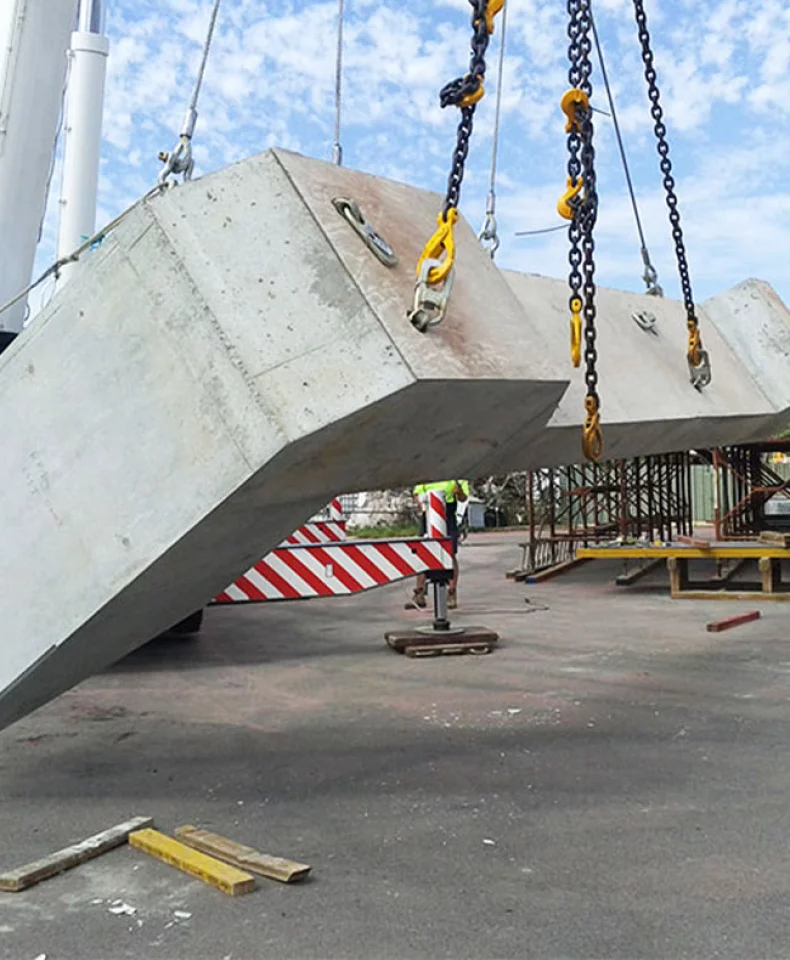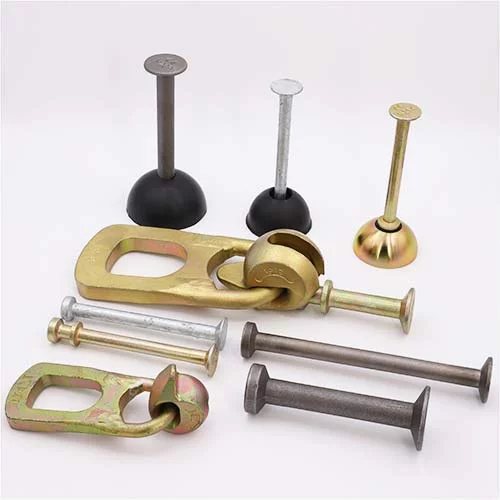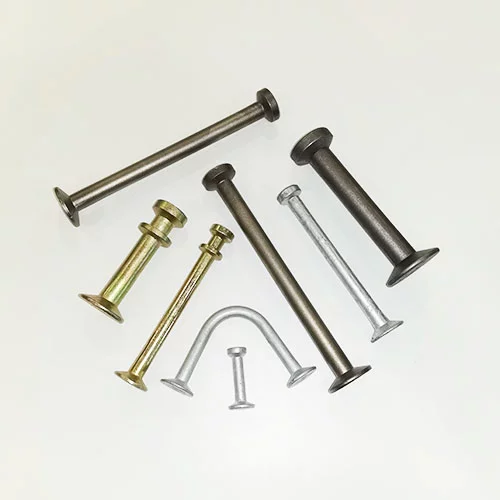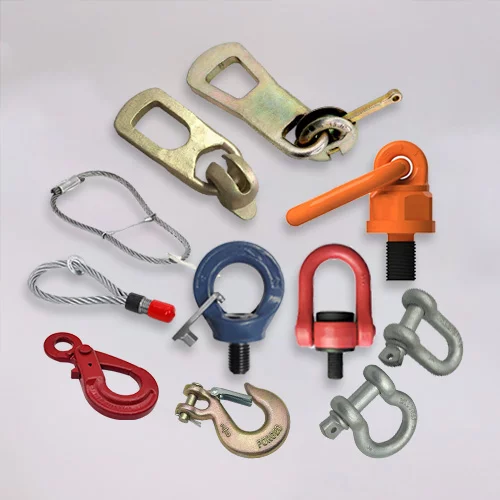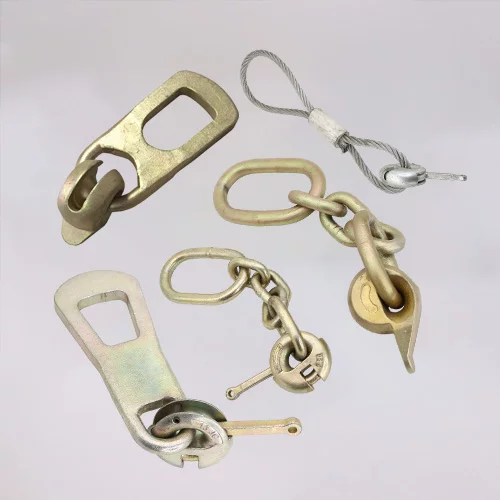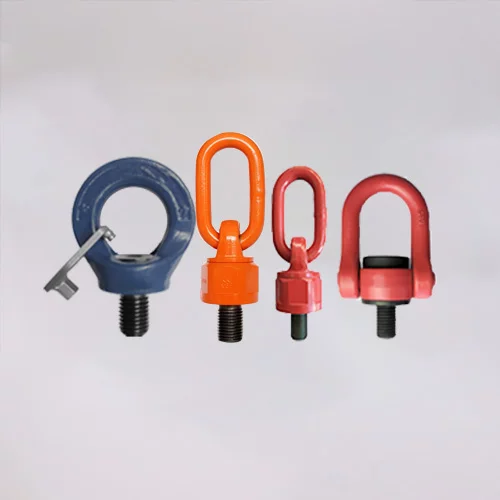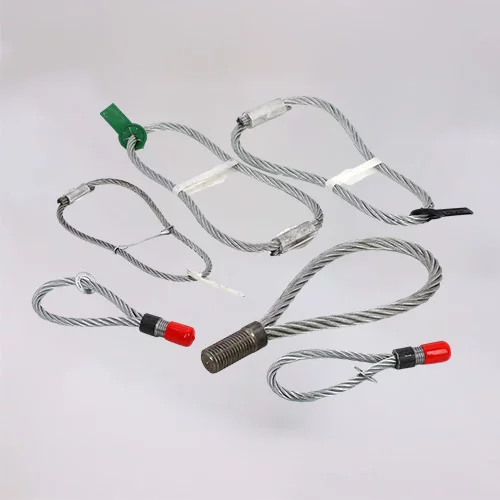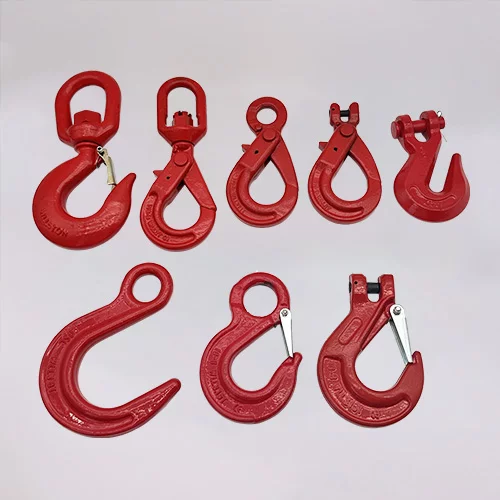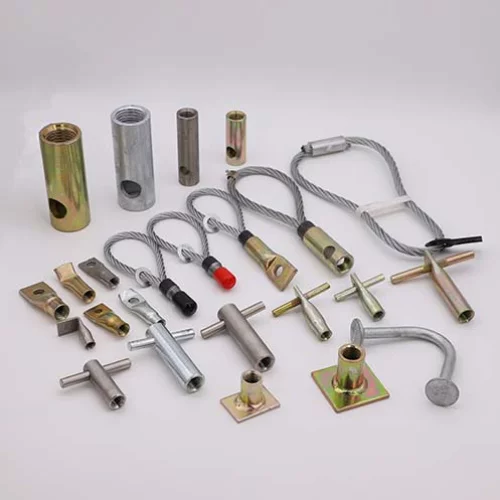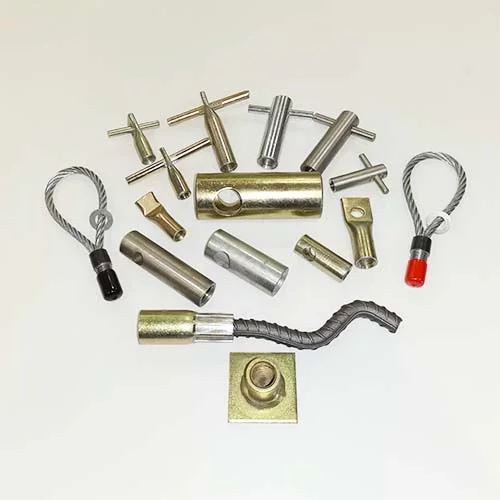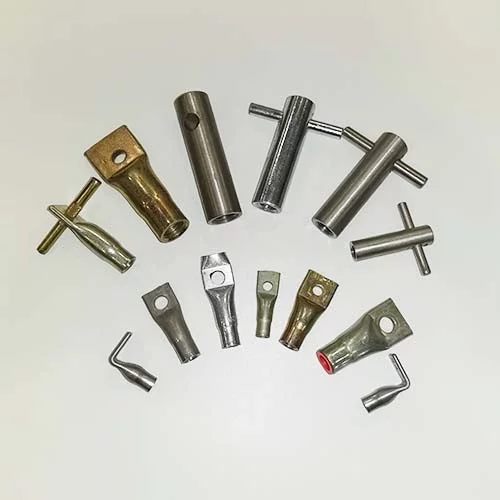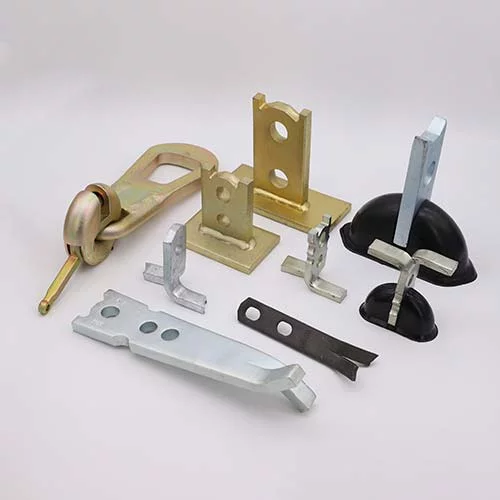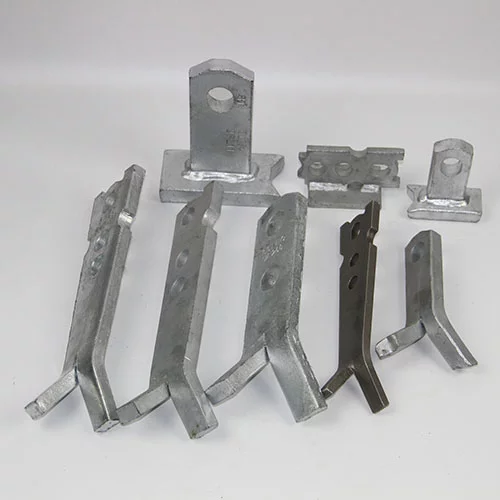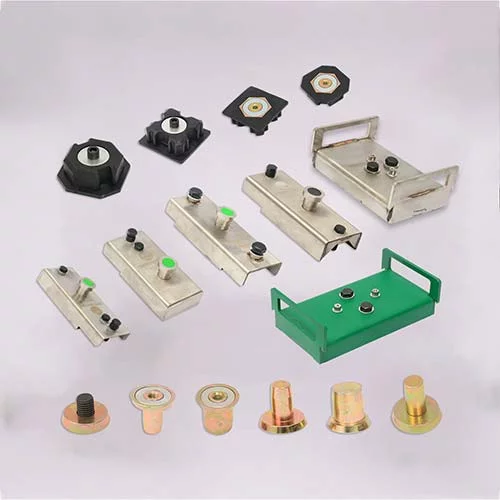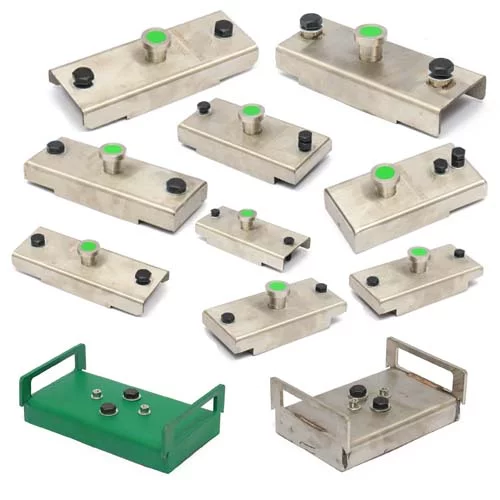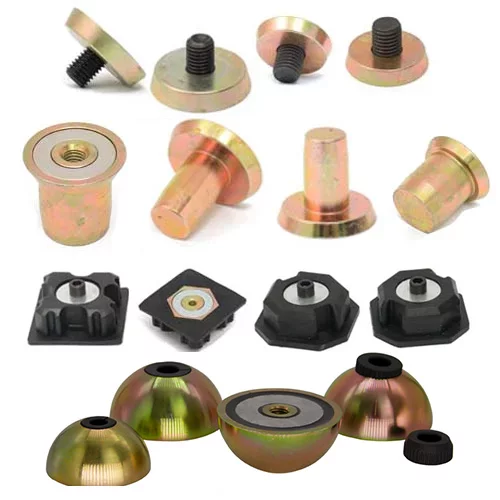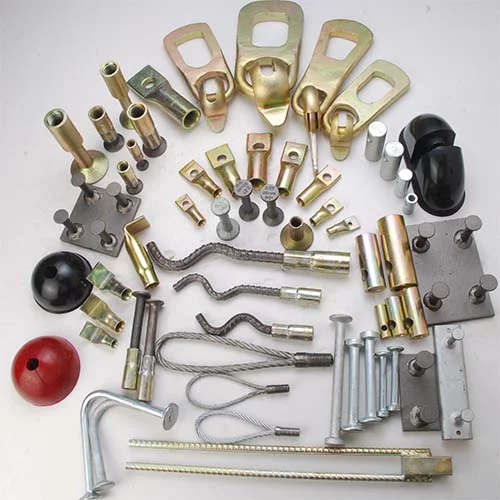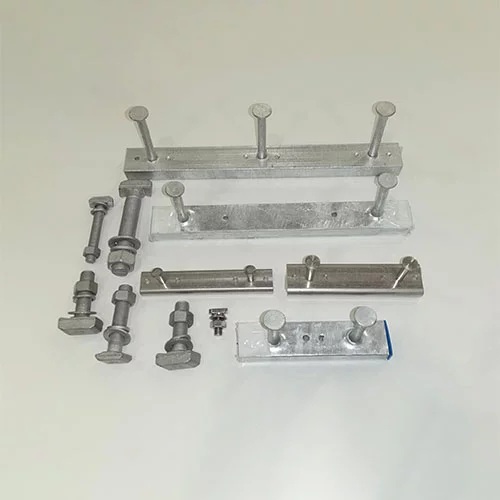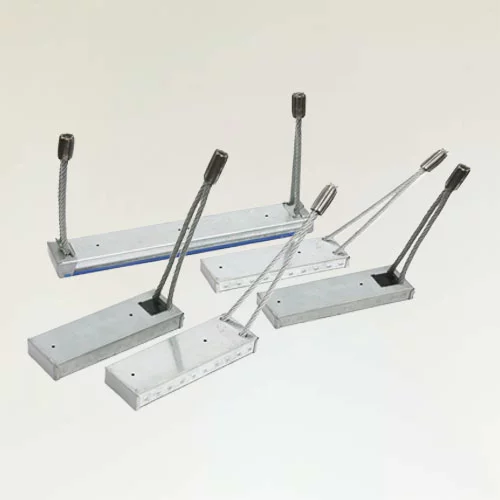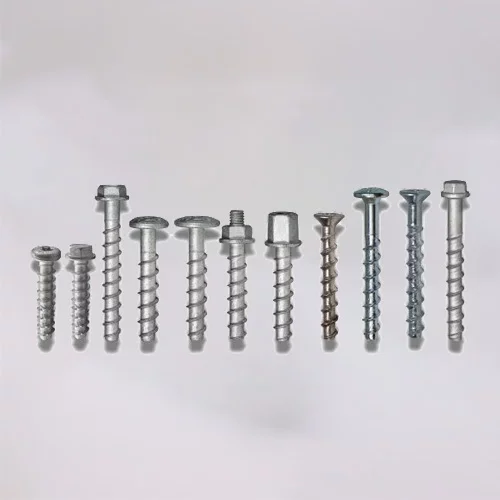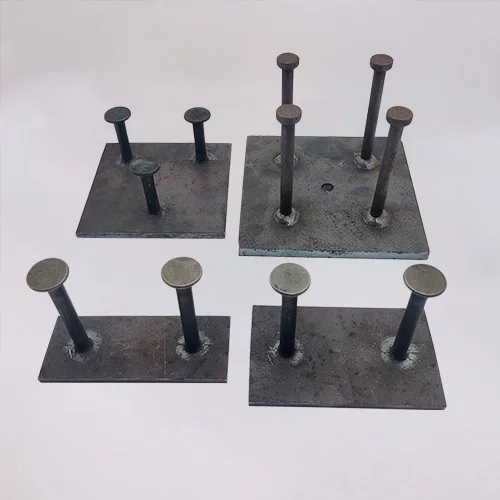Lifting Clutch VS Lifting Ring Clutch:Definition, Working Principle, Application Scenarios, and Selection Guide

In the field of construction and heavy engineering, Lifting Clutch and Lifting Ring Clutch are two common lifting devices that play an important role in lifting and handling precast concrete elements. Although their functions may seem similar, there are significant differences in design, working principles, products used together, and application scenarios. Understanding the characteristics of the two can help engineers and construction workers choose the most appropriate tool based on actual needs.
What is Lifting Clutch and Lifting Ring Clutch
Lifting Clutch
The Lifting Clutch is a device designed for lifting precast concrete elements, often used in conjunction with an anchoring system. It is manufactured from high-strength alloy steel and operates according to a tested safety factor of 5 times the working load. The lifting clutches body has three parts, bail, bail loop, and lifting head. The Lifting Clutch is designed to quickly connect and release anchor points, ensuring safe and efficient lifting operations.
Lifting Ring Clutch
The Lifting Ring Clutch is a lifting tool with a ring structure, which is also used to lift precast concrete elements. Ring Clutch consists of a clutch body, a curved bolt, and a high-strength bail. Compared with a Lifting Clutch, the Lifting Ring Clutch usually has greater flexibility, especially when multiple angles of lifting or rotating components are required. They are also made of high-strength materials and are capable of withstanding heavy loads.
Working principle
How the Lifting Clutch works
Based on a mechanical locking mechanism. When in use, the plug portion is inserted into the anchor hole of the precast concrete member, and the locking hook snaps into the anchor point, creating a secure connection. This connection remains tight under applied load, ensuring the safety of the member during lifting. When the lifting operation is completed, the locking hook can be released with a simple operation for quick disassembly.
How the Lifting Ring Clutch works
Relies on its ring design and rotation mechanism. During the lifting operation, the annular lifting head is connected to the anchoring point of the prefabricated component through bolts, and the operator can change the direction of the component by adjusting the lifting angle. Its design allows the lifting head to rotate freely in different directions, a feature that gives it an advantage in complex construction environments.
What products to use with it
Lifting Clutch is usually used with a pre-embedded anchoring system, such as ball head anchors or foot anchors. These anchoring systems are usually pre-installed into the concrete member, and when lifting is required, the Lifting Clutch is attached directly to the anchoring system. Because it is designed to be compatible with many types of anchoring systems, the Lifting Clutch is suitable for the lifting needs of most precast concrete elements, including wall panels, beams, columns, and pipes.
Lifting Ring Clutch is often used in conjunction with herringbone boards or lifting straps, etc., and is especially suitable for components that require frequent adjustment of direction during the lifting process. Due to its unique ring design, the Lifting Ring Clutch offers greater operational flexibility when combined with flexible lifting straps or chains. This makes it ideal for applications that require multi-angle lifting in a limited space, such as bridge components, special-shaped concrete modules, and large equipment installations.
Application scenarios
Lifting Clutch has a wide range of application scenarios, including but not limited to prefabricated component hoisting in construction projects, bridge construction, underground engineering, concrete pipeline installation, etc. It is particularly suitable for applications that require high-precision positioning, such as installing wall panels into predetermined locations or installing prefabricated beams onto bridge piers. In these applications, the quick connect and release features of the Lifting Clutch are particularly important as they greatly increase work efficiency and reduce construction time.
Lifting Ring Clutch, on the other hand, is more common in scenarios that require multi-directional lifting and rotation operations. For example, in some complex engineering projects, where large components need to be precisely positioned and adjusted, the flexibility of the Lifting Ring Clutch is very important. In addition, Lifting Ring Clutch also performs well in shipbuilding, oil platform construction, and other fields that require large-angle lifting.
How to choose the Lifting Clutch or Lifting Ring Clutch that's right for you
Selecting a suitable Lifting Clutch or Lifting Ring Clutch requires consideration of multiple factors, including specific construction needs, component type, and size, required lifting angle, on-site operating space, load-bearing capacity, and safety factors. Here are a few key steps:
Assess project needs
Start by identifying the specific requirements for your construction project, including the weight, size, shape of the components, and the type of lifting operations that will be required. If your project involves lifting and adjusting operations in multiple directions, you may want to choose a Lifting Ring Clutch.
Understand carrying capacity
Both Lifting Clutch and Lifting Ring Clutch have different load-bearing capacities. When choosing, you need to ensure that the selected equipment can withstand the weight of the component and possible dynamic loads. Insufficient carrying capacity may lead to safety accidents, so careful calculations must be made.
Consider the construction environment
Environmental conditions at the construction site, such as space constraints, difficulty of operation, climatic factors, etc., will also affect the choice. If the operating space is small and the angle needs to be adjusted frequently, the Lifting Ring Clutch may be more suitable; in standardized operations, the Lifting Clutch may be a more efficient choice.
Compatibility check
Make sure the lifting device selected is compatible with existing anchoring systems or other lifting equipment. The Lifting Clutch is generally compatible with standard ball head anchors or foot anchors, while the Lifting Ring Clutch requires checking its connectivity with the Spread anchor.
Security and Authentication
Choose products that comply with international safety standards (such as CE certification, ISO certification, etc.) to ensure product safety and reliability. In addition, the supplier's after-sales service, technical support, and warranty policies should also be considered to ensure long-term reliability.
When selecting a lifting clutch and lifting ring clutch, users must conduct a comprehensive evaluation based on specific engineering needs and operating conditions. HULK Metal's lifting clutch is suitable for most standardized lifting operations with its efficient connection and release capabilities, while our Lifting Ring Clutch excels in complex construction environments with its flexible rotation and multi-directional operation capabilities. By understanding their respective advantages, disadvantages, and application scenarios, engineers and construction personnel can help engineers and construction personnel make better decisions in actual projects to ensure the safety and efficiency of operations.
Article Navigation
PRECAST CONCRETE ACCESSORIES
Other Precast Concrete Accessories You Might Want to Know
You can click to learn more about HULK Metal precast concrete accessories such as lifting anchors, precast sockets, spread anchors, shuttering magnets, cast-in channels, wire loop boxes, and other precast concrete accessories you might want to know.
